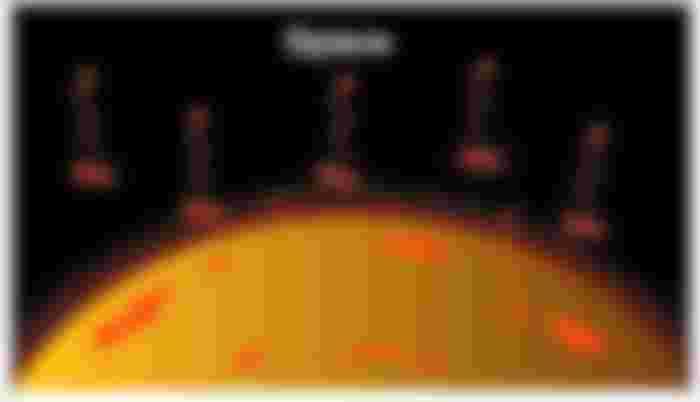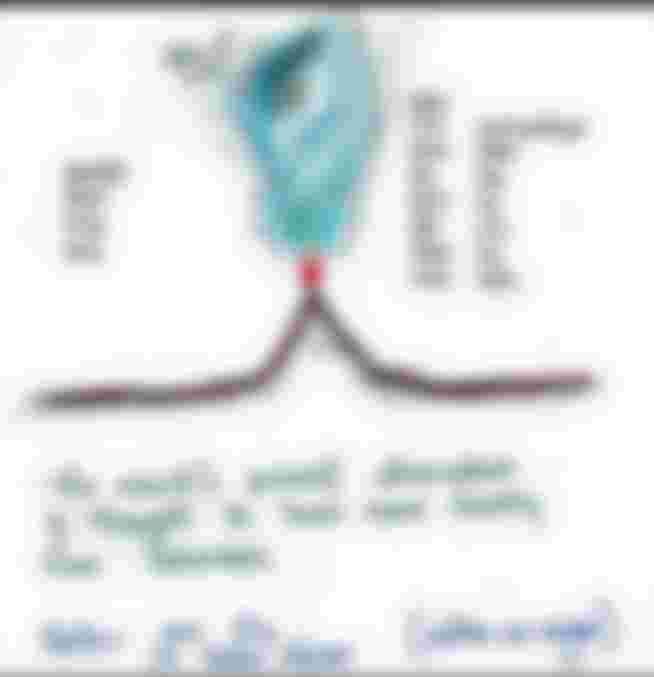
The history of the atmosphere of the ancient world
Breathing.
So far no one was able to send in the perfect solution, which is not strange. Other planets have atmospheres but none are suitable for life. They are never too dense (Venus) or too thin (Mars) and none of them have the required amount of oxygen. Without which we cannot live.
So how is the atmosphere so special
Some scientists have explained the evolution of the atmosphere in three steps.
In the history of the Earth 4.54 billion years, the atmosphere has changed from hazy, obscure to today's blue sky. As a result of evolution, the Earth's atmosphere began to change.
Scientists began working with different rocks and fossils to find out what the atmosphere of the ancient world was like. When they find something new, they improve their knowledge.
The most important thing about the ancient world was that there was no free oxygen then.
1 / Earth's first atmosphere 6
Earth's first atmosphere began to form when the earth contained hydrogen and helium. These created the first atmosphere on Earth because these gases were in the form of disks around the sun from which the planets were formed. This atmosphere is 4.56 billion years old and it was only for a short time.
The heat from the earth's molten crust and the solar wind (a stream of charged particles emanating from the surface of the sun) dissipated the atmosphere. Hydrogen and helium are not very heavy. That is why they could not create a stable atmosphere. What is the relation between being heavy here ?? Because the earth was very hot. The scattering of any gas molecule increases when heated. Molecules of hydrogen and helium gas can scatter very quickly, especially when heated. So hydrogen and helium went into space after overcoming the gravity of the earth. This is why the amount of hydrogen and helium gas in the Earth's atmosphere today is low.
Earth's second atmosphere 6
The second atmosphere of the earth came from the earth itself. There were a lot of volcanoes then, more than now.
Because the crust of the earth was still being formed. Large amounts of water vapor, CO2, SO2 with ash during volcanic eruptions

Would leave in the atmosphere. Two of the five major gases in the current atmosphere are water vapor and carbon dioxide.
Volcanoes emit other more gases. Most are toxic.
The gases mentioned in the "Also" list in Figure 2 were occasionally emitted. "perhaps"
The gases on the list came out much less.
Water evolved in the form of water vapor. Until the Earth's temperature dropped to 212 degrees Fahrenheit. During this time, 3.7 billion years ago, water vapor condensed and rained, which continued for centuries and filled the basins. Which we call the sea. The gravity of the earth holds the water.
But free oxygen has not yet been created to sustain life.
Earth's third or current atmosphere 6
So how did the oxygen come from ?? There are a few answers to this.
1st: Most of the carbon dioxide dissolved in seawater. In the newly formed oceans, many complex chemical reactions turn carbon-containing molecules into unicellular bacteria.
These bacteria do not need oxygen to survive. They use sunlight, carbon dioxide, and water to produce oxygen in a photosynthetic way. And began to create that oxygen atmosphere. Meanwhile, the amount of carbon dioxide began to decrease. Slowly. The earth was filled with oxygen.

2: By photo-dissolution in the presence of UV light of water vapor and carbon dioxide. Because UV light has more energy which turns any compound into an element. In a word, it breaks into pieces.
H2O + UV light -> H + OH
CO2 + UV light -> CO + O
Then OH + O -> O2 + H
UV light breaks down H20 to produce H and OH and CO2 breaks down to produce CO and O. Then OH and O combine to form O2 and H. When a large amount of oxygen is formed in the atmosphere, UV light breaks down O2 to O atoms. These oxygen atoms combine with oxygen molecules to form ozone (O3).
Sunlight has three types of UV light: UV-A, UV-B, UV-C
UV-A rays are not harmful. But UV-C rays are deadly. UV-B is not so harmful. The ozone layer absorbs most of the UV-C rays and most of the UV-B rays. Due to the formation of the ozone layer, aquatic animals began to live ashore.
An O3 molecule protects the organism by absorbing most of the UV light.
O3 + UV light -> O2 + O
You may be thinking that O2 and O will combine to form O3.
But it doesn't happen. What do you see if you give something home with a hammer? You will see that the pieces went in two directions. This is exactly what happens with O2 and O.
Where did the argon that exists in our current atmosphere come from? That is due to the radioactive decay of potassium. There are three types of isotopes of potassium in nature. But potassium-40 is radioactive and is the source of argon in the atmosphere.



nnie written post dear.....informative for us thank you